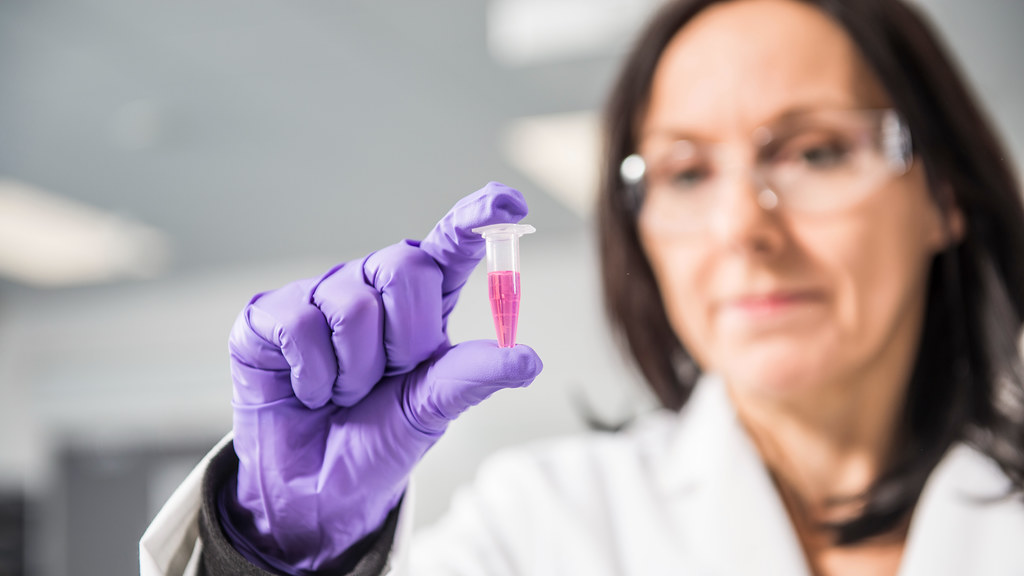The seven-year, 400-million-euro programme will develop a next-generation chemical risk assessment, incorporating both human health and the environment in a ‘One Health’ approach.
The European Partnership for the Assessment of Risks from Chemicals (PARC) is a consortium of 200 partners in 28 countries including the United Kingdom.
It includes universities, national agencies and research organisations as well as the European Chemicals Agency, the European Food Safety Authority and the European Environment Agency.
Professor Barbara Kasprzyk-Hordern at the University of Bath’s Institute for Sustainability and Water Innovation and Research Centre is co-leading with Professor Werner Brack ( UFZ Helmholtz Centre for Environmental Research, Germany) one of the PARC projects, entitled: ‘Mining chemical information from wastewater treatment plant for human community and environmental exposure assessment’.
This project will focus on developing new epidemiology tools to assess public exposure to hazardous chemicals and assess the associated risks using data collected from wastewater treatment plants throughout Europe.
The results of the programme will be used to support new European and national strategies to reduce exposure to hazardous chemicals and their impact on health and the environment.
The goal is to generate new, easily accessible and usable data, along with new assessment methods and tools. In particular, PARC will help with the development of tools to identify new, less hazardous substances that are in keeping with sustainable development approaches.
This supports the European Union's Chemicals Strategy for Sustainability, paving the way for a "zero pollution" ambition announced in the European Green Deal.
Professor Kasprzyk-Hordern said: “We’re very excited to be part of this major pan-European project that will analyse wastewater for a huge number of chemicals and give us a better understanding of human exposure as well as the effects of these chemicals on our environment.
“With our methods developed at Bath, we can not only detect tiny traces of chemicals such as pesticides, pharmaceuticals or chemicals found in personal care products, but can also determine whether they have been metabolised by the body and so measure human exposure.
“Therefore this tool has the potential to highlight any correlations with disease or poor health, as well as assess the effects on the wider environment.”
PARC encompasses all aspects of chemical risk assessment, aiming in particular to: better anticipate emerging risks, better account for combined risks, and underpin measures to safeguard health and the environment.
The partnership’s budget of 400 million euros is 50 per cent funded by the European Union and 50 per cent funded by EU member states. The French organisation ANSES is the partnership coordinator.

